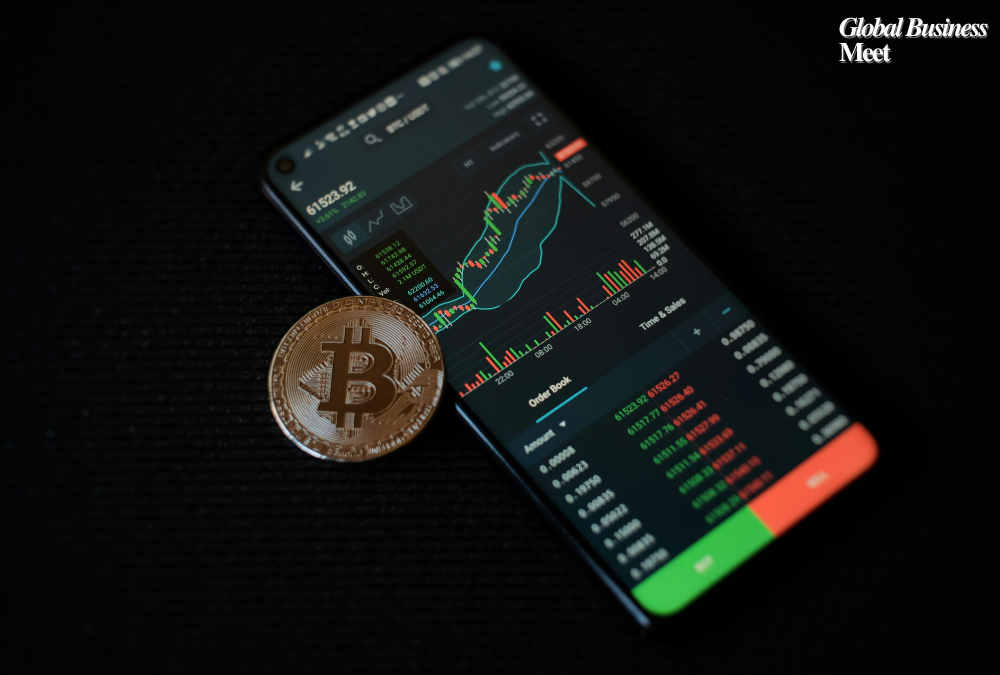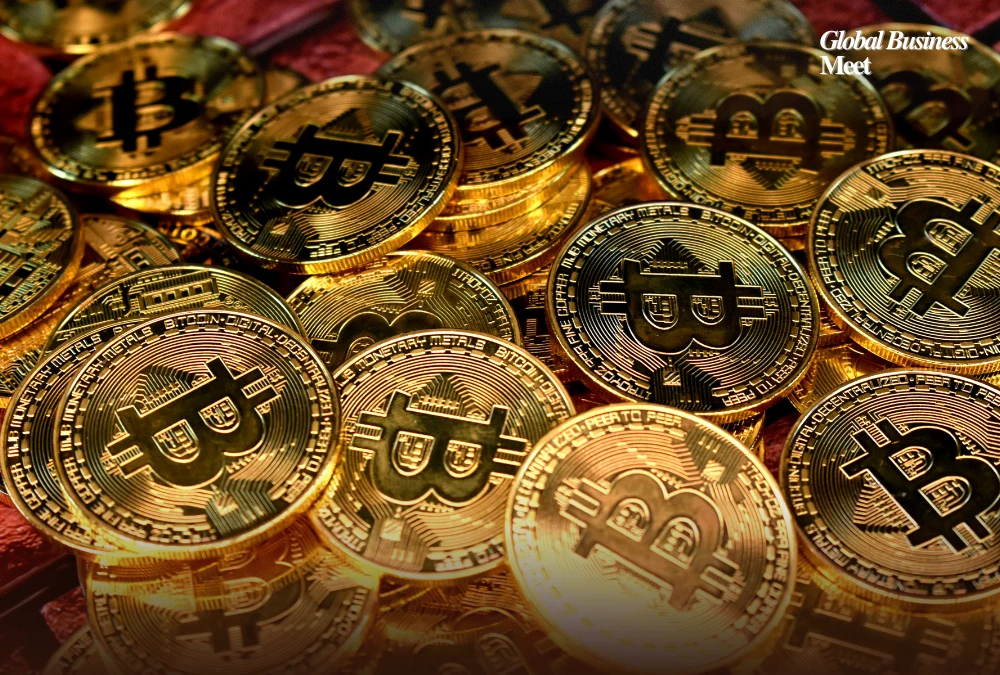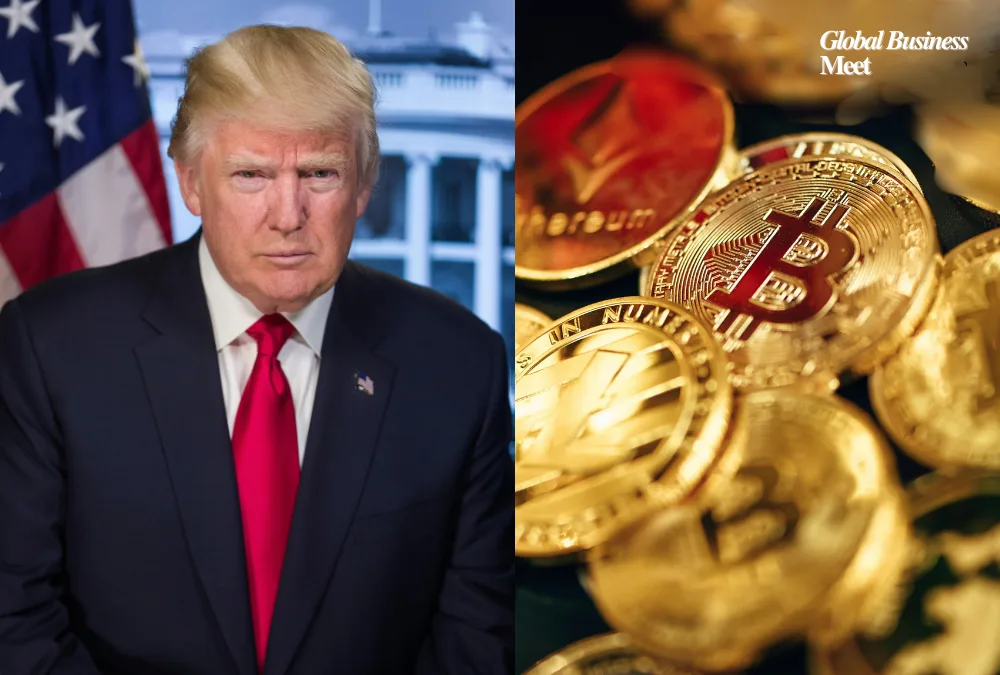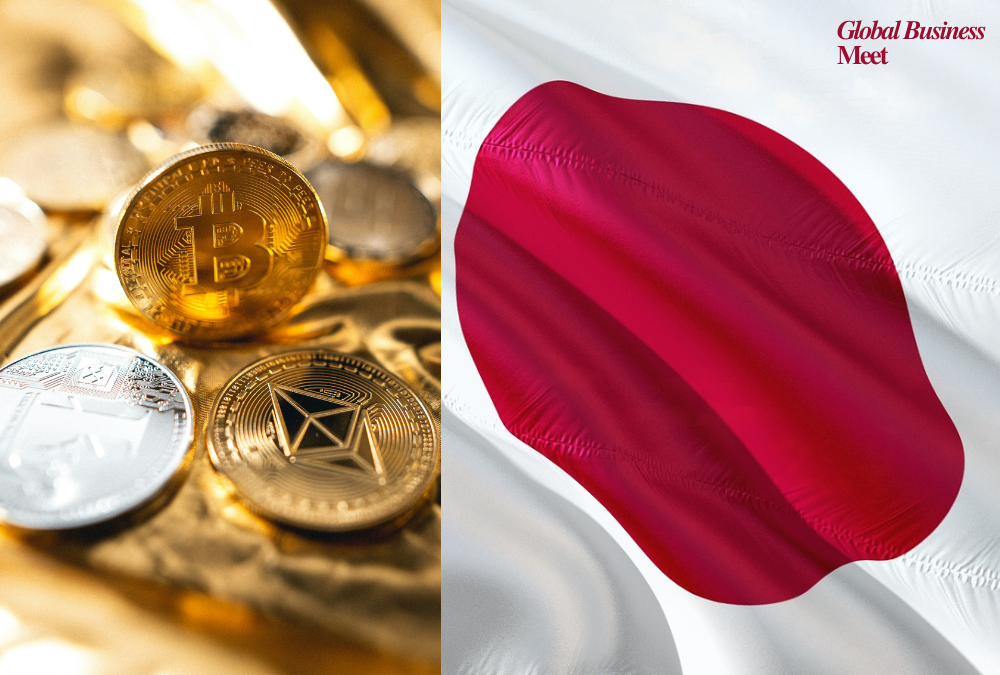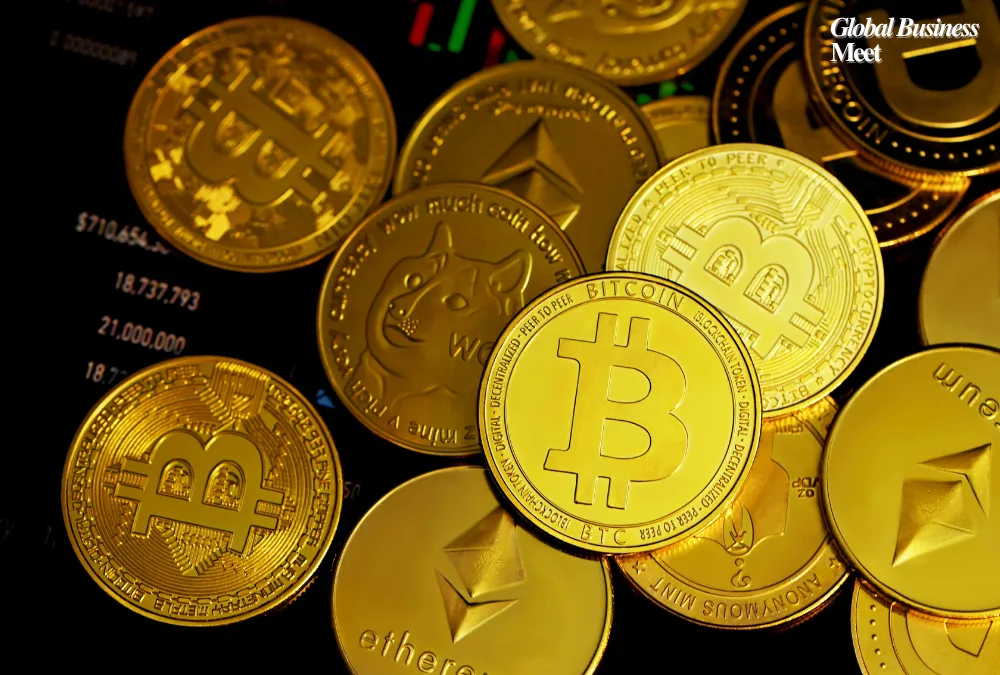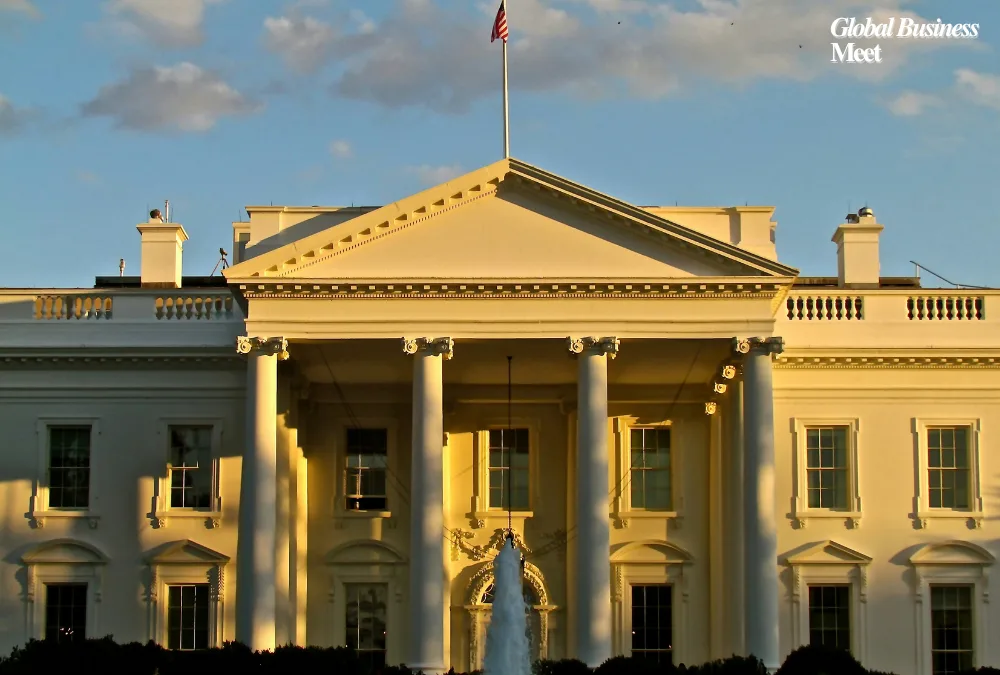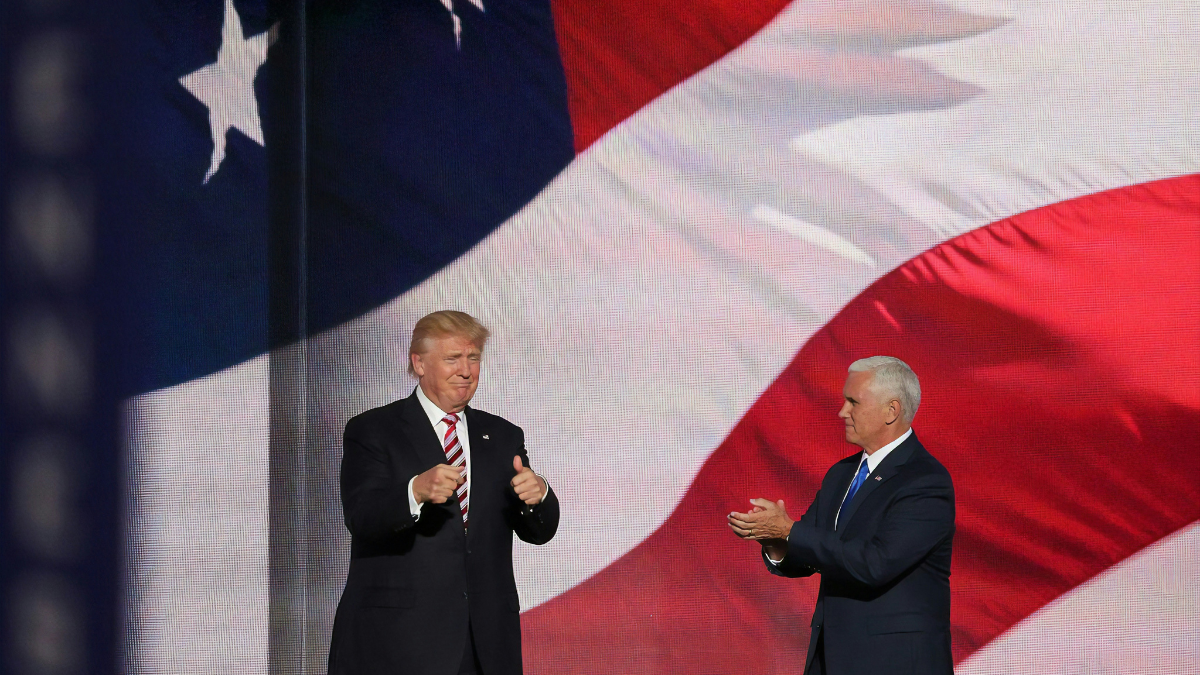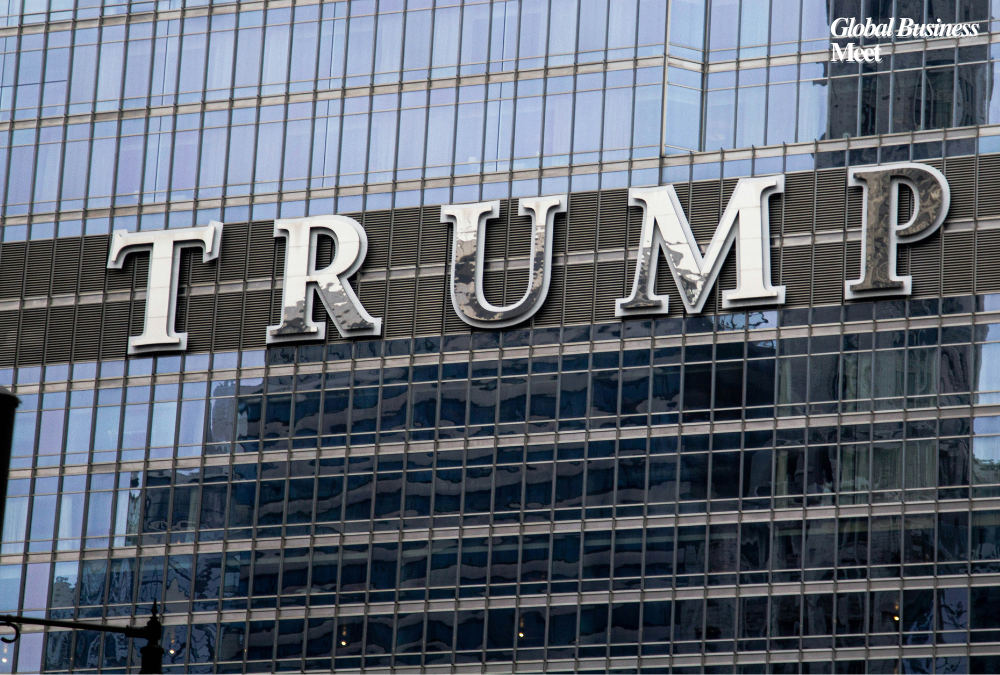
Digital currencies known as stablecoins, which are stabilized against established currencies like the US dollar, are expanding incredibly around the world, especially in emerging markets. Blockchain-based currencies are protected from volatility in local currencies, promote financial inclusion, and enable cheaper and quicker remittances. Stablecoins are becoming a leading player in digital finance and challenging traditional banking systems as the market for finance expands.
Why Stablecoins Are Booming Around the World There are three primary drivers of stablecoin growth: protection against inflation, effective cross-border payments, and finance inclusion.
1. Inclusion of Finances
Large segments of the population in most developing economies are underbanked or even unbanked, i.e., they lack access to basic financial facilities. A less expensive, safe, and easily accessible substitute for regular banking is offered by stablecoins. Without the intermediation of middlemen, unbanked people can access global financial systems, store value in a digital form, and make payments. Where banks are placing stringent requirements on account holders or charging extremely high fees, this economic empowerment is especially important.
2. International Transactions and Remittances
Traditional banks and players like Visa and Mastercard, which charge exorbitant transaction costs, have long controlled the hundreds of billions of dollars global remittance market. For global money transfer, stablecoins provide a quicker, cheaper, and more effective solution. Stablecoins dramatically cut down on the time and cost of global money transfers by providing finality for transactions in seconds or minutes. Because of this benefit, they are especially in demand where billions of dollars of migrant workers are remitted every year.
3. Safe-Guarding against Currency Fluctuations
Devaluation of currency and financial volatility are phenomena of the emerging economies. Excessive inflation has brought about devaluation of national currencies of nations like Argentina, Venezuela, and Turkey, reducing their citizens’ purchasing power. Dollar-backed stablecoins such as USD Coin (USDC) and Tether (USDT) are a worthy store of value that protects individuals and businesses from devaluation of domestic currencies. Stablecoins can be utilized to protect wealth and escape the devastating implications of inflation by holding them instead of domestic currency.
Trump’s U.S. Position on Stablecoins
As stablecoins are picking up pace around the world, the United States is rethinking regulation of the same. The Trump administration has indicated that it will favor stablecoins but not a government-controlled central bank digital currency (CBDC).
Trump’s Stablecoin Strategy
David Sacks, one of the senior authors of the administration’s cryptocurrency policy, sees the inevitability of bringing stablecoins into the US financial system. Two of the characteristics of the administration’s proposal are shifting stablecoin activity onshore and regulating it such that they will be compliant with US financial regulations. The government aims to provide the dollar with its supremacy of the global economy and other advanced currencies not being the world save money, through acquiring stablecoins with US-dollar denomination.
Efforts at Legislation: The Stable Act
To regulate stablecoins in the appropriate manner, US lawmakers have brought forward a bill aimed at instituting an open model of issuance and utilization of stablecoins. Representatives Bryan Steil and French Hill brought forth the STABLE Act, which aims to protect consumers, bring regulation to the issuers of stablecoins, and facilitate financial innovation. The enactment of this bill would likely lead to regulated stablecoins being utilized in the US.
Trump’s Resistance to US Central Bank (CBDC) Issued Digital Currency
Trump has shown significant resistance to a U.S. central bank digital currency (CBDC) but favors stablecoins.. He has made it more than clear repeatedly that he would “never allow” a government-backed digital dollar, on the basis that it would intrude on people’s privacy and give too much power over financial transactions to the federal government. In trying to promote the use of stablecoins, his administration would rather let it be left to private sector ingenuity and free market solutions.
Old Payment Systems Are Overtaken by Stablecoins
With a total market capitalization of around $233 billion, the stablecoin market has expanded at a breathtaking pace. Stablecoins backed by the US dollar, including Binance USD (BUSD), USD Coin (USDC), and Tether (USDT), control the market and handle the majority of stablecoin transactions worldwide.
In 2024, stablecoin transactions surpassed those of Visa and Mastercard, two of the world’s biggest payment networks. The increasing transfer of businesses and customers to blockchain-based transactions over conventional banking services highlights the increasing significance of stablecoins in the digital finance universe.
Regulatory Challenges and Implications for the Future
Although stablecoins are very beneficial, their rapid adoption requires that they address regulatory issues. Those responsible for policymaking need to come up with a means of balancing attempts at consumer protection with moves aimed at fostering financial innovation. Foremost among concerns are:
- Maintaining Security and Transparency: Stablecoin issuers need to be able to demonstrate that they have adequate reserves to support their digital currencies so that future crashes like previous financial crises do not happen.
- Preventing Illicit Operations: To avoid the utilization of stablecoins in illicit operations, governments need to implement robust know-your-customer (KYC) and anti-money laundering (AML) policies.
- Establishing Clear Legal Framework: Uncertainty in regulations creates confusion for stablecoin firms, which may deter innovation and institutional acceptance.
Despite these challenges, stablecoins would be a revolutionary element in the digital age finance revolution, as evidenced by the US government’s openness to incorporating them into the financial system. If well regulated, stablecoins would make it easy to transition from traditional banking to decentralized finance (DeFi). This would make it easier to access finances and have economic stability.
In summary
The future of stablecoins in the US as well as worldwide is promising since they are among the most impactful changes in the global financial system. The more countries shift towards using digital assets for payments, remittances, and economic stability, stablecoins will find their way to becoming a central component of the future of finance. The US government, under Trump’s administration, appears to adopt a conservative course of action, holding back on government-issued digital currencies while promoting regulated use of stablecoins.
Today’s decisions will have long-lasting effects on international finance as regulators move ahead to shape the future of stablecoin regulation. The dollar’s supremacy in both traditional and digital financial systems can be cemented if the United States succeeds in incorporating stablecoins into its economy while still exercising regulatory authority. However, the United States may lose out to other countries that are embracing digital asset innovation at a faster pace if there is no adequate regulation.
The stablecoin market will continue to change over the next several years as new players enter it and current legislation is modified to support new technology. Whether consumers, corporations, and governments embrace this shift in digital currency will determine whether stablecoins are a niche component of the financial system or a central part of it.















